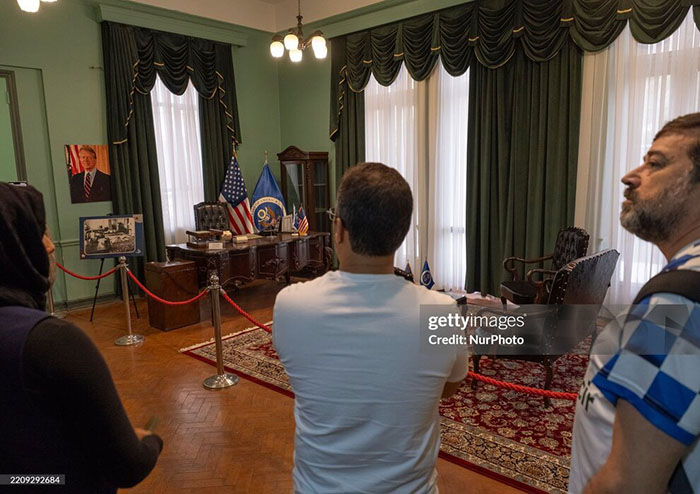The Seizure of the Embassy
The defining moment for the U.S. Embassy in Tehran came on November 4, 1979, when militant students calling themselves the Muslim Student Followers of the Imam’s Line stormed the compound. They took 52 American diplomats and citizens hostage for 444 days, an event that came to be known globally as the Iran Hostage Crisis. The siege was motivated in part by the U.S. decision to admit the ailing Shah into America for medical treatment. Protesters feared another 1953-style coup and viewed the embassy as a base of espionage.
The Iranian Revolution had not yet consolidated its power, and various factions were jockeying for control. By seizing the embassy, the students undermined moderates in the new government and gave hardliners a powerful propaganda tool. The act also effectively ended diplomatic relations between Tehran and Washington, severing direct communication lines that have remained largely broken to this day.
Aftermath and Legacy
The takeover of the embassy had far-reaching implications. In retaliation, the United States froze billions of dollars of Iranian assets and imposed sanctions. The hostage crisis dominated U.S. media coverage and was a significant factor in President Jimmy Carter’s failed re-election campaign. Eventually, the hostages were released on January 20, 1981, minutes after Ronald Reagan took office as President.

